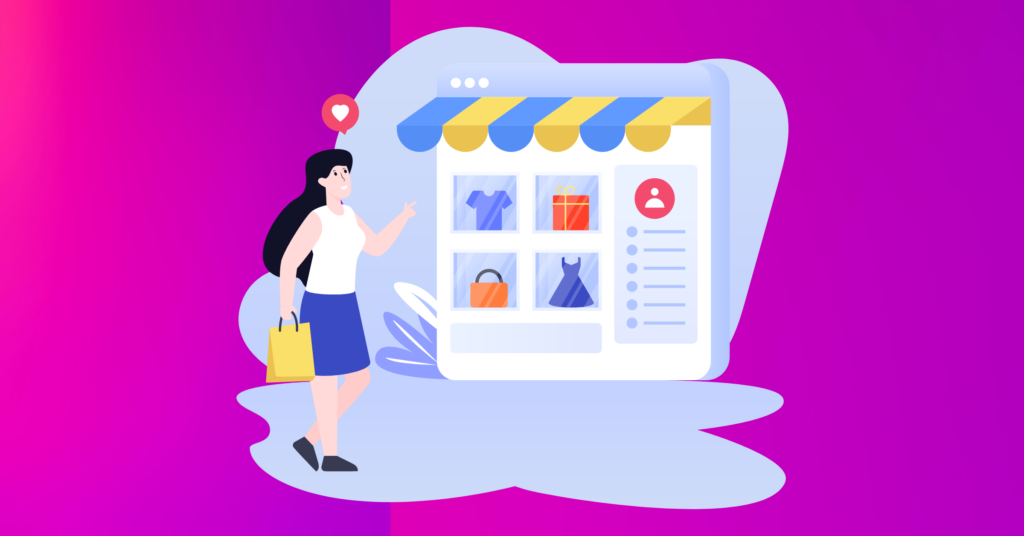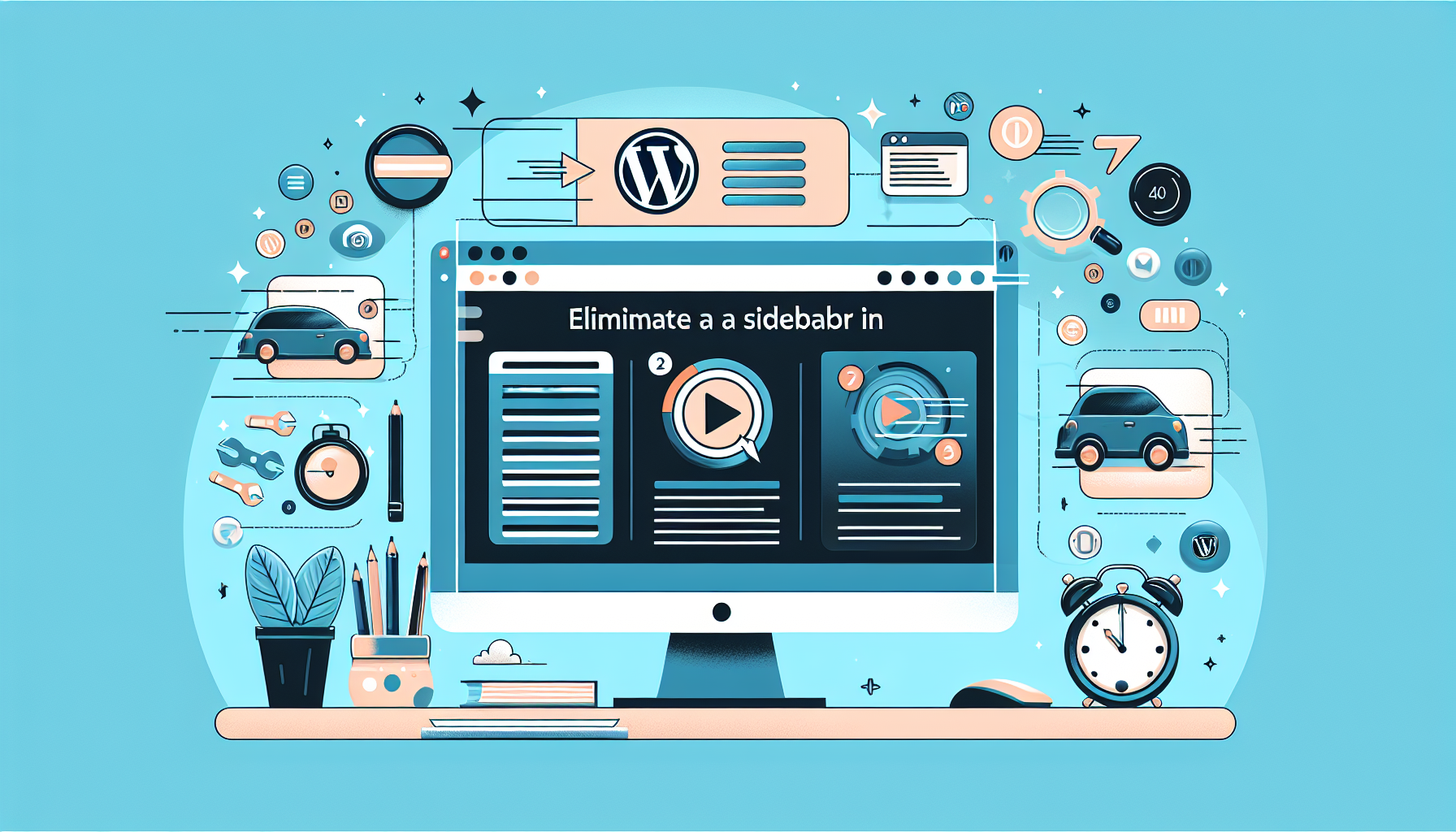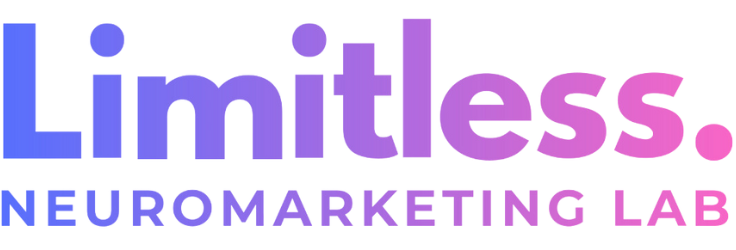Introduction
Have you ever thought about what makes you want to buy things online? Is it a flashy picture? A cool video? Or maybe it’s just easy to find what you’re looking for! Well, online stores are like real stores in a lot of ways, and they need to look nice and be easy to use to attract customers. That’s where ecommerce web design agencies come in! They’re the magic makers behind the scenes, creating beautiful and super-functional websites to help businesses sell their stuff online.
The Power of First Impressions: Why Ecommerce Web Design Matters
Imagine walking into a messy store with clothes all over the floor and products scattered everywhere. Yikes! You probably wouldn’t want to stay long, right? It’s the same with online stores. A website that’s difficult to use, slow to load, or just plain weird-looking can make people leave before they even think about buying.
That’s why a great ecommerce web design agency is so important! Here’s what they can do:
- Make it look amazing: They use colors, fonts, and images that catch your eye and make you want to explore more.
- Organize everything: Just like a store has shelves, online stores have categories and menus so you can easily find what you need.
- Shopping that’s a breeze: A good design makes it super simple to add products to your cart and pay.
- Work on any device: Whether you’re on a big computer or a tiny phone, the website should look and work great.
Evolving Ecommerce Landscape: Trends Shaping the Future
The way we shop online is always changing! Here are some cool trends an ecommerce web design agency pays attention to:
- Super-fast websites: Nobody likes waiting. Websites need to load in a flash!
- Shopping with your voice: More and more people are using “Alexa” or “Google” to search and buy things. Websites need to be ready for this change.
- Personalized experiences: Websites that remember you and suggest things you might like make shopping even more fun.
- Augmented reality (AR): Imagine trying on virtual glasses or seeing how a couch looks in your living room through your phone! AR is making online shopping even more like being in a real store.
Finding the Perfect Ecommerce Web Design Agency
Choosing the right ecommerce web design agency is like finding a superhero sidekick. Make sure they have:
- Superpowers: They should be experts in building websites that convert visitors into customers.
- Great reviews: See what other people are saying about their work.
- Amazing portfolio: Look at examples of websites they’ve designed before.
Understanding the Importance of User Experience in Ecommerce Web Design
User experience (UX) refers to how users interact with a website or application and how they perceive its usability and overall satisfaction. In ecommerce web design, UX plays a crucial role in determining whether visitors will stay on your site or leave without making a purchase. A positive user experience can lead to increased conversions and customer loyalty.
To improve UX in ecommerce web design, it is important to focus on factors such as intuitive navigation, clear product descriptions, easy checkout process, fast loading times, and responsive design. By ensuring that your website is easy to navigate and provides relevant information about products or services in a clear manner, you can enhance the overall user experience.
Responsive Design: Why it’s Crucial for Ecommerce Websites
Responsive design refers to designing websites that adapt seamlessly across different devices such as desktops, tablets, and smartphones. With more people accessing the internet through mobile devices than ever before, having a responsive ecommerce website is essential.
A responsive design ensures that your website looks great on any screen size or device type by automatically adjusting its layout based on the screen resolution. This not only improves user experience but also helps with search engine optimization (SEO), as Google prioritizes mobile-friendly websites in search results.
To implement responsive design in ecommerce websites effectively:
1) Use fluid grids: Instead of fixed-width layouts that may not fit well on smaller screens,
use fluid grids that adjust proportionally.
2) Optimize images: Compress and resize images to ensure fast loading times on mobile devices.
3) Test across devices: Regularly test your website on different devices to ensure a consistent
and user-friendly experience.
The Role of Minimalism in Ecommerce Web Design
| Metrics | Description |
|---|---|
| Bounce Rate | The percentage of visitors who leave the website after viewing only one page. |
| Conversion Rate | The percentage of visitors who complete a desired action on the website, such as making a purchase. |
| Load Time | The amount of time it takes for the website to fully load for the user. |
| User Experience | The overall satisfaction and ease of use for the user while navigating the website. |
| Mobile Responsiveness | The ability of the website to adapt and function properly on mobile devices. |
Minimalism in web design refers to the practice of using clean and simple design elements, with a focus on essential information. In ecommerce web design, minimalism can help create a visually appealing website that is easy to navigate and understand.
Benefits of implementing minimalism in ecommerce websites include improved loading times, reduced clutter, enhanced readability, and increased focus on products or services. By removing unnecessary elements and simplifying the overall design, you can create a more engaging user experience.
To implement minimalism effectively:
1) Use ample white space: White space helps create visual breathing room between elements,
making it easier for users to focus on important information.
2) Limit color palette: Stick to a limited color scheme that complements your brand identity
while maintaining simplicity.
3) Streamline navigation: Keep the navigation menu simple and intuitive by reducing the number
of options available.
The Importance of High-Quality Product Images in Ecommerce Web Design

High-quality product images are crucial in ecommerce web design as they play a significant role in influencing purchase decisions. When customers cannot physically touch or see products before buying online, high-quality images become their primary source of information.
By providing clear and detailed product images from multiple angles, you can build trust with potential customers and increase their confidence in making a purchase. Additionally, optimizing product images for fast loading times is essential for improving user experience.
To optimize product images effectively:
1) Use high-resolution images: Ensure that your product photos are sharp and clear,
allowing customers to zoom in for closer inspection.
2) Optimize file sizes: Compress image files without compromising quality to reduce
loading times.
3) Provide multiple views: Include images that showcase different angles and details of
the product to give customers a comprehensive view.
The Significance of Navigation in Ecommerce Web Design
Navigation is a critical aspect of ecommerce web design as it determines how easily users can find what they are looking for on your website. A well-designed navigation system improves user experience, reduces bounce rates, and increases the likelihood of conversions.
To improve navigation in ecommerce websites:
1) Use clear and descriptive labels: Ensure that your menu items are easy to understand
and accurately represent the content or products they lead to.
2) Implement search functionality: Include a search bar prominently on your website,
allowing users to quickly find specific products or information.
3) Use breadcrumb navigation: Breadcrumbs provide users with an easy way to navigate back
through categories or pages they have previously visited.
The Role of Color Psychology in Ecommerce Web Design
Color psychology refers to how different colors evoke specific emotions and influence human behavior. In ecommerce web design, understanding color psychology can help create a visually appealing website that resonates with your target audience.
Colors can be used strategically to convey trust, excitement, calmness, or urgency depending on the nature of your business. For example, blue is often associated with trustworthiness while red can create a sense of urgency.
To implement color psychology effectively:
1) Understand your target audience: Research which colors resonate best with your target market
based on their demographics and preferences.
2) Use contrasting colors for call-to-action buttons: Make important buttons stand out by using
contrasting colors that draw attention.
3) Maintain consistency across branding elements: Ensure that the color scheme used in your logo,
marketing materials, and website aligns cohesively.
The Importance of Mobile Optimization in Ecommerce Web Design
Mobile optimization is crucial in ecommerce web design due to the increasing number of people accessing the internet through mobile devices. A mobile-friendly website ensures that users can easily navigate, view products, and make purchases on smaller screens.
To optimize ecommerce websites for mobile devices:
1) Use responsive design: As mentioned earlier, responsive design automatically adjusts your
website’s layout based on screen size.
2) Simplify forms and checkout process: Streamline the checkout process by minimizing form fields
and making it easy for users to complete their purchase on a small screen.
3) Optimize loading times: Mobile users expect fast-loading websites, so optimize images,
reduce unnecessary scripts, and use caching techniques to improve performance.
The Role of Social Proof in Ecommerce Web Design
Social proof refers to the influence that other people’s opinions or actions have on our own behavior. In ecommerce web design, incorporating social proof elements can help build trust with potential customers and increase conversions.
To implement social proof effectively:
1) Include customer reviews: Display genuine customer reviews prominently on product pages
to provide reassurance and encourage purchases.
2) Showcase testimonials or endorsements from influencers or industry experts who endorse your
products or services.
3) Highlight social media followers or subscriber counts as a way of demonstrating popularity
and credibility.
The Significance of Personalization in Ecommerce Web Design
Personalization in ecommerce web design involves tailoring content, recommendations, and offers based on individual user preferences. By providing personalized experiences, you can enhance user engagement and increase conversion rates.
To implement personalization effectively:
1) Collect user data: Gather information about user preferences through surveys,
purchase history analysis, or tracking tools.
2) Use dynamic content: Display personalized product recommendations based on previous browsing
behavior or purchase history.
3) Send targeted email campaigns with personalized offers based on specific user segments.
The Role of Chatbots in Ecommerce Web Design
Chatbots are AI-powered virtual assistants that can interact with users and provide instant support or information. In ecommerce web design, chatbots can enhance customer service, improve user experience, and increase conversions.
To implement chatbots effectively:
1) Use chatbots for customer support: Provide instant responses to frequently asked questions
or offer assistance during the purchasing process.
2) Personalize interactions: Use data collected from previous interactions to tailor responses
and recommendations based on individual preferences.
3) Integrate with live chat: If a query cannot be resolved by the chatbot, seamlessly transfer
the conversation to a human agent for further assistance.
The Importance of Security in Ecommerce Web Design
Security is paramount in ecommerce web design as it involves handling sensitive customer information such as credit card details and personal data. A secure website builds trust with customers and protects their privacy.
To improve security in ecommerce websites:
1) Use SSL certificates: Implement Secure Sockets Layer (SSL) certificates to encrypt data
transmitted between your website and users’ browsers.
2) Regularly update software: Keep your website’s CMS (Content Management System), plugins,
and other software up-to-date to patch any security vulnerabilities.
3) Implement strong password policies: Enforce password complexity requirements for user accounts,
use two-factor authentication where possible, and regularly audit access privileges.
The Role of Artificial Intelligence in Ecommerce Web Design
Artificial intelligence (AI) refers to the simulation of human intelligence by machines. In ecommerce web design, AI can be used to automate processes, personalize experiences, analyze data patterns, and improve overall efficiency.
To implement AI effectively:
1) Use AI-powered recommendation engines: Analyze user behavior patterns to provide personalized
product recommendations that increase engagement and conversions.
2) Automate customer service with AI chatbots: As mentioned earlier, chatbots can provide instant
support and assistance to users, improving customer satisfaction.
3) Utilize AI for data analysis: Use machine learning algorithms to analyze large datasets,
identify trends, and make data-driven decisions.
In conclusion, ecommerce web design practices are constantly evolving, and it’s important to stay up-to-date with the latest trends and best practices. By implementing the tips and strategies outlined in this article, ecommerce businesses can create websites that are user-friendly, visually appealing, and optimized for conversions. Remember that each element discussed – from user experience to responsive design, minimalism to high-quality product images – plays a crucial role in creating a successful online presence. So take the time to carefully consider each aspect of your ecommerce web design strategy and continuously strive for improvement.
FAQs
What is ecommerce web design?
Ecommerce web design refers to the process of creating a website that is optimized for online sales. It involves designing a website that is user-friendly, visually appealing, and easy to navigate.
What are the best ecommerce web design practices for 2024?
The best ecommerce web design practices for 2024 include creating a mobile-friendly website, using high-quality images and videos, optimizing website speed, providing a seamless checkout process, and incorporating social media into the website.
Why is mobile-friendly design important for ecommerce websites?
Mobile-friendly design is important for ecommerce websites because more and more people are using their mobile devices to shop online. A mobile-friendly website ensures that customers can easily navigate and make purchases on your website from their mobile devices.
How can high-quality images and videos improve an ecommerce website?
High-quality images and videos can improve an ecommerce website by providing customers with a better understanding of the products being sold. They can also help to create a more visually appealing website, which can increase customer engagement and ultimately lead to more sales.
What is website speed optimization and why is it important for ecommerce websites?
Website speed optimization refers to the process of improving the loading speed of a website. It is important for ecommerce websites because customers are more likely to abandon a website that takes too long to load. A faster website can also improve the overall user experience and increase customer satisfaction.
What is a seamless checkout process and why is it important for ecommerce websites?
A seamless checkout process refers to a checkout process that is easy to navigate and does not require customers to jump through hoops to complete their purchase. It is important for ecommerce websites because a complicated checkout process can lead to cart abandonment and lost sales.
How can social media be incorporated into an ecommerce website?
Social media can be incorporated into an ecommerce website by adding social media buttons that allow customers to share products on their social media accounts. It can also be used to provide customer support and to promote products through social media advertising.






